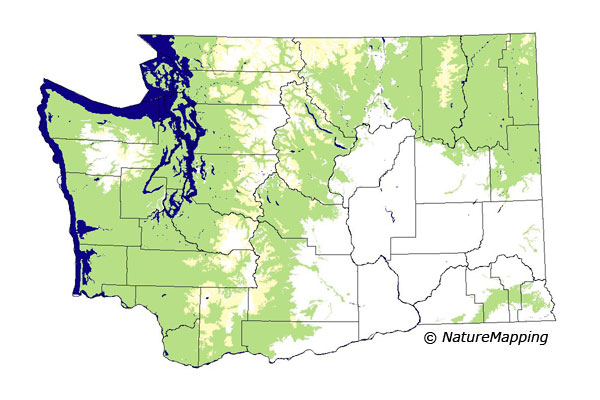

|
Cedar Waxwing (Bombycilla cedrorum) 
Have you ever seen a lot of little brown birds fly down to eat a berry bush and eat all the berries in just a few minutes? If you have, then you have probably seen a Waxwing before, because that’s how they like to eat. What they look like: Waxwings are small birds, usually about 7 inches long (about as long as a toothbrush or a fork). They are covered with gray and brown feathers and have a yellow spot on the end of their tails. Young Waxwings have streaks of gray on their bellies. Grown-up Waxwings have yellow bellies. Some of the feathers on the face of a grown-up Waxwing turn black - it looks like they are wearing black masks! (Photo courtesy of naturespicsonline.com)
How tall are you? Could you reach a Waxwing's nest? What they eat: Waxwings also like to eat together. Their favorite foods are small fruits and berries. In the spring and summer, they also like to eat bugs. Sometimes they will eat sticky goo called sap off of maple trees, or flower petals. Nesting: A mother Waxwing will lay 3 to 6 bluish gray eggs in these nests and will sit on them for about 15 days before the baby birds hatch. Then the mother Waxwing and the father Waxwing will feed the babies until they are old enough to fly away. This usually takes another 15 days. Waxwings like to travel in small groups or flocks. In the winter, these groups can get much bigger as some Waxwings who live in cold places move to warmer places.
Animal silhouettes available to purchase » Home | About Us | How to Participate | Biodiversity Modules | Projects | Maps | News | Resources |